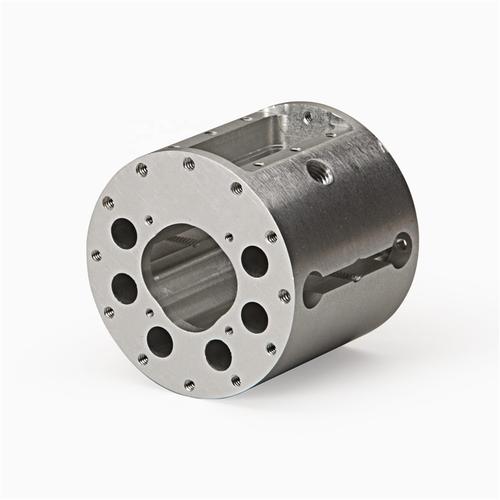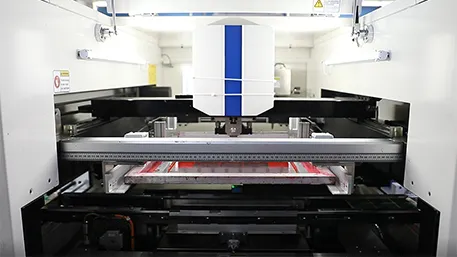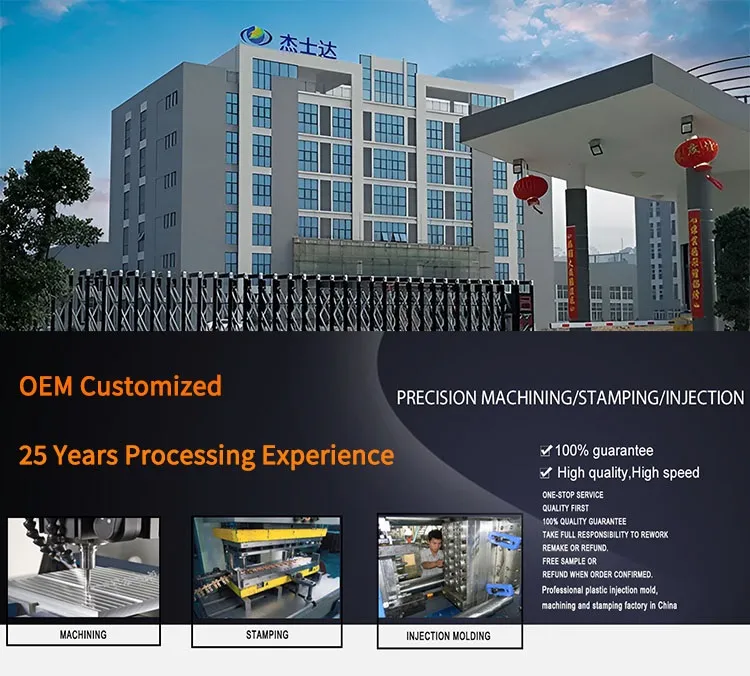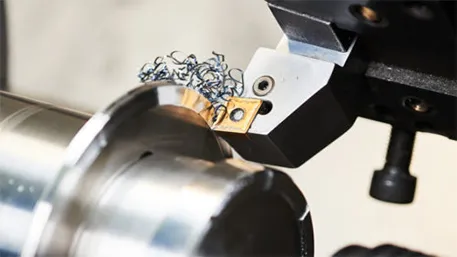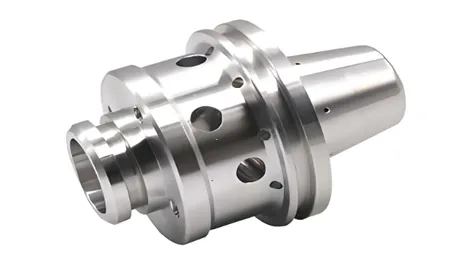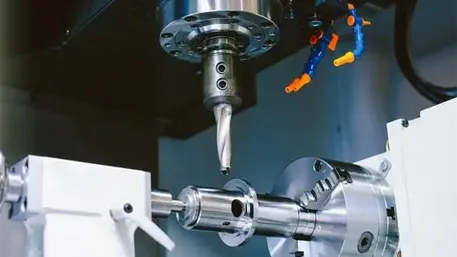In the world of CNC machining, creating perfect holes isn’t just about drilling—especially when those holes need tight tolerances, smooth surfaces, or precise depths. That’s where the CNC boring cycle comes in: a specialized program that transforms rough holes into precision-engineered features critical for everything from aerospace components to industrial valves. But what exactly is the boring cycle in CNC? At Goldcattle, with 26 years of mastering CNC techniques, we use this powerful tool to deliver hole accuracy that defines reliability. Let’s break down how it works, why it matters, and how Goldcattle leverages it to elevate your projects.
What is the Boring Cycle in CNC? The Basics
The boring cycle in CNC is a pre-programmed sequence that automates the process of enlarging, refining, or finishing existing holes to exact specifications. Unlike drilling (which creates holes from scratch), boring starts with a pre-drilled or cast hole and uses a single-point cutting tool to achieve precise diameters, depths, and surface finishes. Think of it as “shaping” a hole to perfection—correcting irregularities, ensuring roundness, and hitting tight tolerances that standard drilling can’t match.
CNC controllers execute boring cycles using G-code commands (like G81, G82, or G85), which automate tool movements: feeding the boring bar into the hole, cutting at programmed speeds, retracting, and repeating as needed. This automation ensures consistency across thousands of parts—critical for industries where a 0.01mm error could derail an entire assembly .
How the CNC Boring Cycle Works: Step-by-Step
1. Preparing the Workpiece
Boring starts with a “rough” hole, typically created by drilling, casting, or forging. This initial hole is slightly smaller than the final diameter (usually 0.5–2mm smaller) to leave material for the boring tool to remove. For example, a final 20mm diameter hole might start as an 18mm drilled hole.
2. Setting Up the Boring Tool
Boring tools (called boring bars) are long, rigid tools with a single cutting edge. Goldcattle selects tools based on material and tolerance: carbide-tipped bars for steel, high-speed steel (HSS) for aluminum, and diamond-coated bars for ultra-smooth finishes. The tool is mounted in the CNC machine’s spindle, aligned with the hole’s center to prevent deflection .
3. Programming the Cycle
Engineers input parameters into the CNC control:
- Final diameter: Target size (e.g., 25.4mm for aerospace fittings).
- Depth: How far the tool travels into the hole (controlled by Z-axis movements).
- Cutting speed: RPM of the spindle (1,000–3,000 RPM for steel; 3,000–6,000 RPM for aluminum) .
- Feed rate: How fast the tool moves into the material (50–200 mm/min, depending on material hardness).
- Retract mode: How the tool exits the hole (rapid or slow to avoid surface damage).
4. Executing the Boring Cycle
The CNC machine follows the program:
- The boring bar feeds into the rough hole at the programmed feed rate.
- The cutting edge removes material, refining the hole to the exact diameter.
- For deep holes, the tool may “peck” (retract slightly) to clear chips, preventing tool damage.
- After reaching the target depth, the tool retracts smoothly to avoid marring the finished surface.
5. Inspection
Goldcattle uses micrometers, bore gauges, and CMMs to verify:
- Diameter tolerance (often ±0.002mm for critical parts).
- Roundness (≤0.001mm deviation from a perfect circle).
- Surface finish (Ra 0.8–3.2μm, depending on application) .
Types of CNC Boring Cycles: Matching the Job to the Tool
Not all holes are created equal, so CNC offers different boring cycles to tackle specific challenges:
1. Simple Boring Cycle (G81)
Ideal for shallow holes with basic requirements. The tool feeds into the hole at cutting speed, then retracts rapidly. Used for industrial brackets or non-critical automotive parts.
2. Boring Cycle with Dwell (G82)
Adds a pause (0.5–2 seconds) at the bottom of the hole, allowing the tool to “clean up” the surface. Perfect for sealing surfaces like valve seats, where a smooth bottom is critical for leak prevention.
3. Fine Boring Cycle (G85)
Uses a slow, controlled retract to minimize surface scratches. Goldcattle uses this for medical device housings and hydraulic cylinder bores, where Ra 0.8μm finishes prevent fluid leakage .
4. Deep Hole Boring Cycle (G73)
Designed for holes deeper than 5× their diameter. The tool pecks (retracts in short bursts) to clear chips, preventing overheating. Used for aerospace engine casings or oil drilling components.
Applications: Where Boring Cycles Shine
Aerospace & Defense
Jet engine fuel lines require bored holes with ±0.001mm diameter tolerance to ensure fuel flow consistency. Goldcattle’s 5-axis CNC boring for titanium engine casings meets AS9100 standards, with roundness deviations under 0.0005mm .
Hydraulics & Pneumatics
Hydraulic cylinder bores rely on smooth surfaces (Ra 1.6μm) to prevent seal wear. Using G85 cycles, we produced 500 stainless steel cylinders for a construction client, reducing leak rates by 90% .
Medical Devices
MRI machine housings need precision bored holes for sensor alignment. Our fine boring cycles achieve 0.002mm concentricity, ensuring accurate imaging data .
Automotive
Transmission cases use bored holes for bearing seats, requiring tight tolerances to prevent gear misalignment. Goldcattle’s high-volume boring for aluminum cases maintains ±0.003mm tolerance across 10,000+ parts .
Why Goldcattle Masters the CNC Boring Cycle
- Advanced Equipment: Our CNC lathes and mills with live tooling handle boring for parts up to 3 meters long, with spindle speeds up to 12,000 RPM for fast, precise cuts.
- Tooling Expertise: We select carbide, ceramic, or diamond tools based on material—e.g., CBN (cubic boron nitride) tools for hardened steel (50+ HRC) to avoid tool wear.
- Quality Control: In-process bore gauges and post-machining CMM checks ensure every hole meets specs. Critical parts undergo 100% inspection.
- Custom Programming: Our engineers optimize cycles for your part—recently reducing cycle time by 25% for a client’s valve bodies by adjusting feed rates and dwell times.
FAQs About CNC Boring Cycles
Q: What’s the difference between drilling and boring?
A: Drilling creates holes from scratch but struggles with tight tolerances. Boring refines existing holes to achieve precision diameters, roundness, and finishes .
Q: What materials are best for CNC boring?
A: Boring works well with metals (steel, aluminum, titanium), plastics (PEEK), and composites. Goldcattle specializes in high-tolerance boring for stainless steel and exotic alloys.
Q: What tolerances can Goldcattle achieve with boring cycles?
A: We regularly hit ±0.001mm diameter tolerance and 0.0005mm roundness for critical parts, with surface finishes as smooth as Ra 0.4μm for optical applications.
Q: How long does a boring cycle take?
A: A 20mm diameter hole in aluminum takes 30–60 seconds; deep holes (100mm+) in steel may take 2–5 minutes, depending on pecking needs.
Q: Can you bore irregularly shaped holes?
A: Yes! Our 5-axis machines can bore holes at angles or in curved surfaces—e.g., aerospace wing brackets with angled fluid ports.
Ready to Perfect Your Holes with CNC Boring?
The CNC boring cycle is the unsung hero of precision hole-making, turning rough openings into engineering excellence. At Goldcattle, we blend programming expertise, advanced tooling, and rigorous quality control to deliver bored parts that fit, function, and last.
Got a tricky boring project? Share your requirements below, and our CNC experts will craft a solution!
